Smart cities are sustainable, efficient, and technologically advanced urban environments. This advancement is facilitated by applying ICT to offer residents an improved quality of life, optimized city functions, and effective social amenities.
In this article, we will delve into the application of technology in modern architecture today to mitigate the current challenges of urban environments.
Technology and Sustainable Urban Development
So far, the advancements in sustainable urban development have been heavily dependent on innovative technological solutions that have transformed cities’ environments and residents’ well-being. These innovative solutions have been characterized by the following:
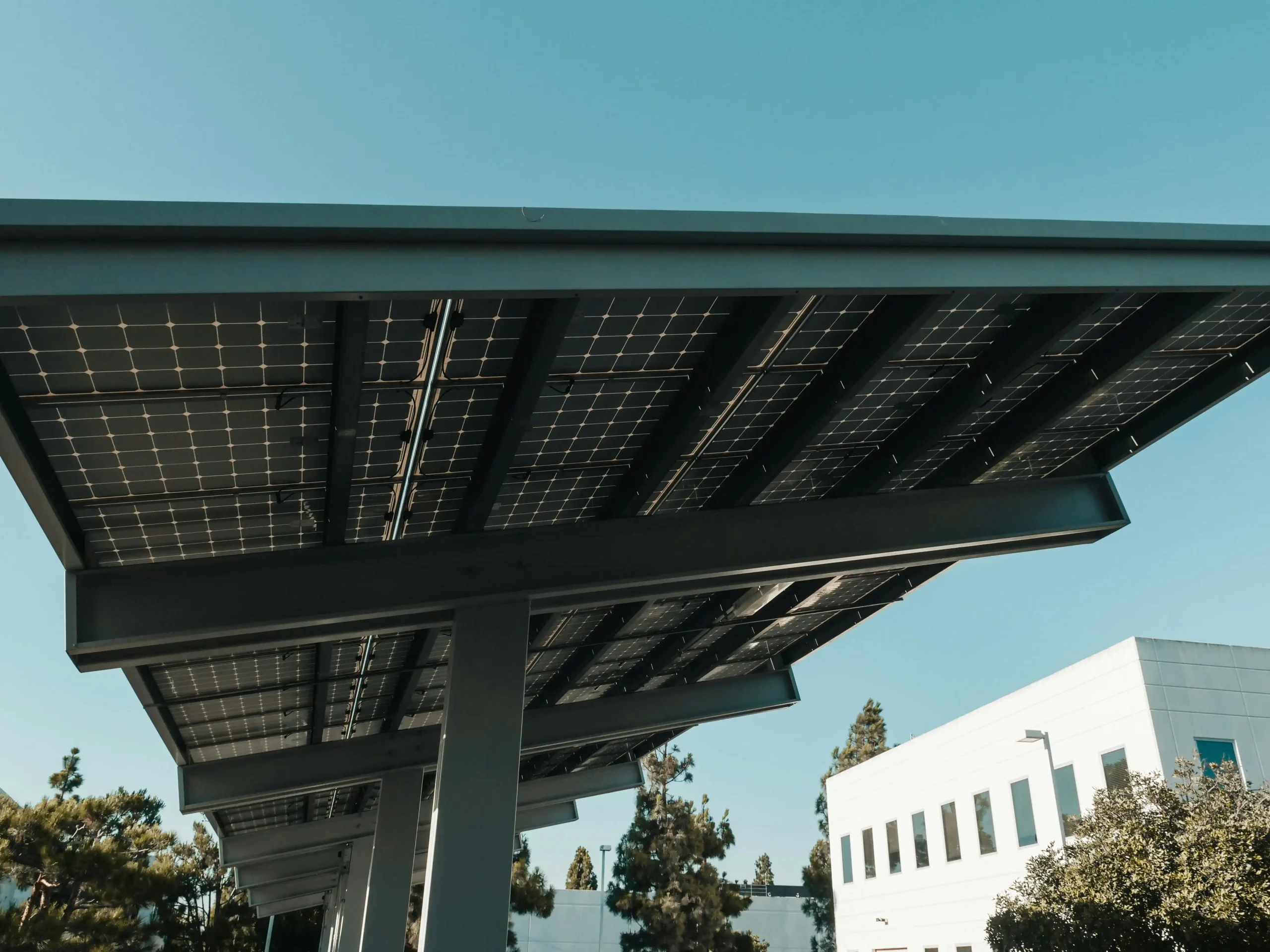
Efficiency and Sustainability at the Core
Smart cities integrate digital technology and apply automated processes for optimal functionality and sustainability. Today, modern architecture employs internet-connected sensors and other artificial intelligence components to collect and analyze data that informs the efficient use of resources such as energy and reduces wastage. A prime example of a self-sufficient property with suitability at its core is The Bullitt Center in Washington – the world’s greenest commercial building.
Powering Cities with Clean Energy
The European Union will target that by 2030, 32% of all energy used by its member states will be renewable. Smart city solutions prioritize using renewable energy, such as solar, wind, geothermal, hydro, and biomass. These renewable energies are supplied through technological advancements such as smart grids and microgrids.
More so, smart grids, using power sensors, smart meters, and data centers, among other digital technologies, provide two-way communication between energy consumers and providers. This communication enhances the management and monitoring of energy use in real-time, thus efficiently delivering energy as supply and demand shift. On the other hand, microgrids, being self-sufficient small-scale energy supply systems, fully sustain small geographical areas such as universities or neighborhoods.
Reducing Congestion and Emissions
Smart mobility solutions, such as intelligent traffic management systems, use real-time data analysis to improve traffic flow and minimize vehicle congestion. Electric vehicles, on the other hand, effectively reduce carbon emissions, while ride-sharing platforms are shifting the culture from private to shared mobility.
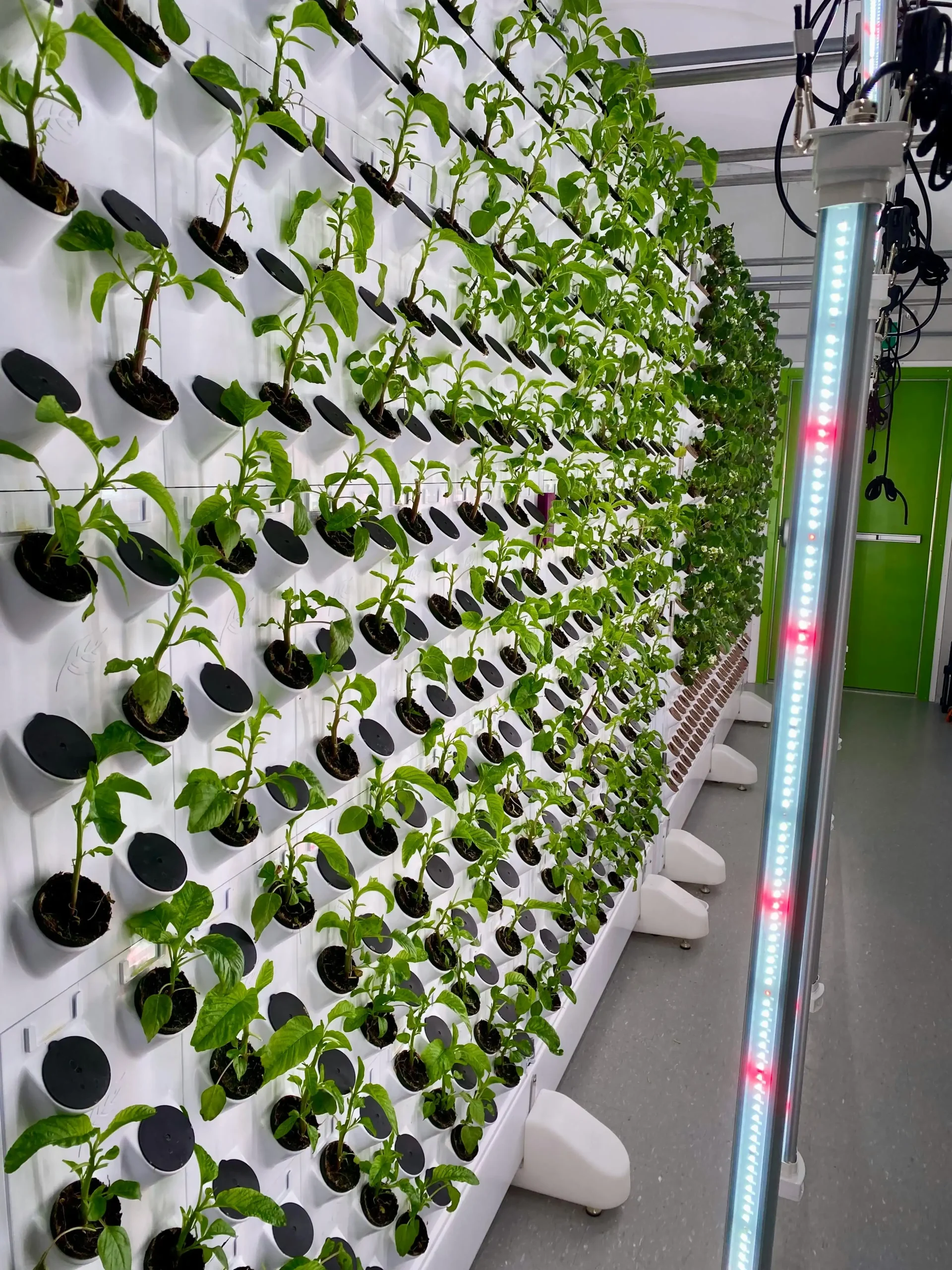
Technology for Enhanced Urban Living
Leveraging technology and applying data-driven solutions impact how we live and interact with urban environments. Some of the areas that are already benefiting from technology applications for enhanced urban living are:
- Waste Management
Automated waste management systems apply data analytics to improve the waste collection process and optimize collection routes. Combine data analysis with smart sensory technology, and you can monitor the levels of waste in the bins, resulting in efficient waste management systems that effectively reduce waste.
- Urban Farming
The United Nations estimates that 68% of the world’s population will be living in urban centers by 2050. Innovative urban farming solutions guarantee food sustainability and security for this growing population. Solutions such as vertical farms grow crops stacked upwards on vertical structures instead of flat on the ground, maximizing the minimum space available in urban cities.
Moreover, hydroponics technology facilitates crops’ growth with nutrient-rich water only and no soil, thus reducing the resources needed.
- Urban Planning
Tapping into the power of data analytics, urban planners can access insights into any city’s system and establishments. This data is then used in predictive analytics to inform resource management and the decision-making process on pertinent components of urban living, such as infrastructure. Combine data analytics with innovative visualization technology, and city planners can develop more efficient cities by conducting analysis, assessments, and simulations before hitting the ground.
Countries such as Dubai are ahead of the game when it comes to utilizing technology for enhanced urban living, as outlined in the Dubai 2040 Urban Master Plan, which has sustainable urban development as the key focus. It is no wonder there is a push to buy property in Dubai, as the country aims to become the trendsetter in smart cities and sustainable urban environments.
Smart Cities’ Future
In the future, we can anticipate innovation for smart cities to be driven by:
Optimizing Urban Systems With Machine Learning
The potential of machine learning to support urban planning has yet to be fully explored. Machine learning techniques can be leveraged to develop solutions to manage infrastructure more efficiently by analyzing data and optimizing resource use to promote sustainability.
Internet of Things (IoT)
Smart cities heavily rely on collecting and sharing data to improve efficiency. Any physical object embedded with a sensor, software, and access to the Internet makes up the Internet of Things network. The future will require a robust growth of these networks to promote the optimization of functions and create more responsive cities.
Citizen Engagement and Smart Governance
The biggest benefactors of smart cities are their residents; thus, resident involvement is critical. For sustainable smart cities, digital platforms will need to be utilized to facilitate inclusive participation in decision-making, the dissemination of information to the public, and access to government services.
Embracing Technology for a Sustainable Urban Future
Technology is the backbone of smart cities. These innovative solutions continue to make it possible to develop more efficient smart buildings, utilize resources effectively, and promote sustainability in urban environments. However, while technology is the key to cities of the future, the successful creation of these smart cities is heavily dependent on collaboration between all industry players, the government, and residents.
Learn with PAACADEMY: Check out the workshops at PAACADEMY to learn from the industry’s best experts how to use advanced parametric design tools, AI in design workflows, and computational design in architecture!




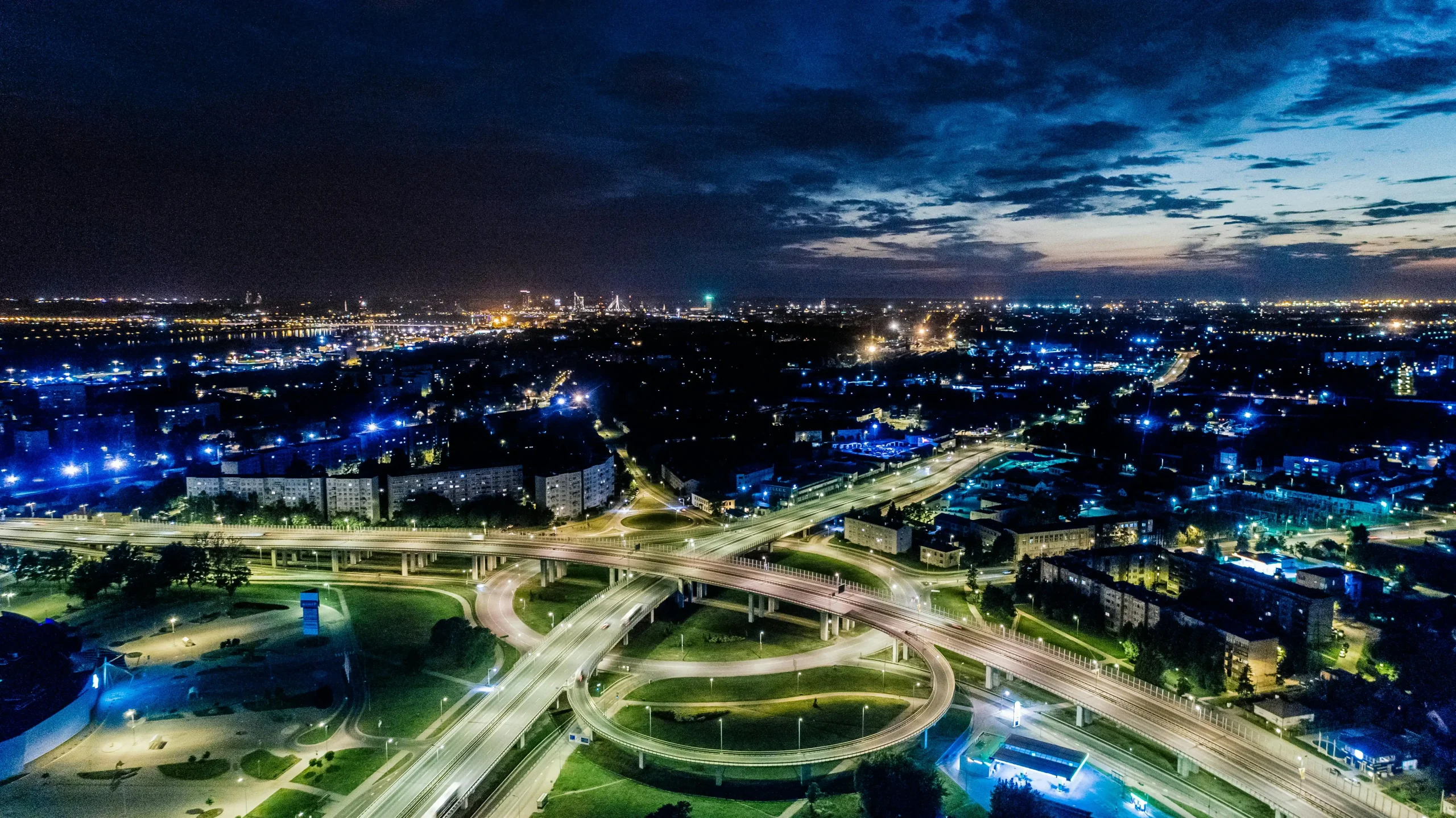


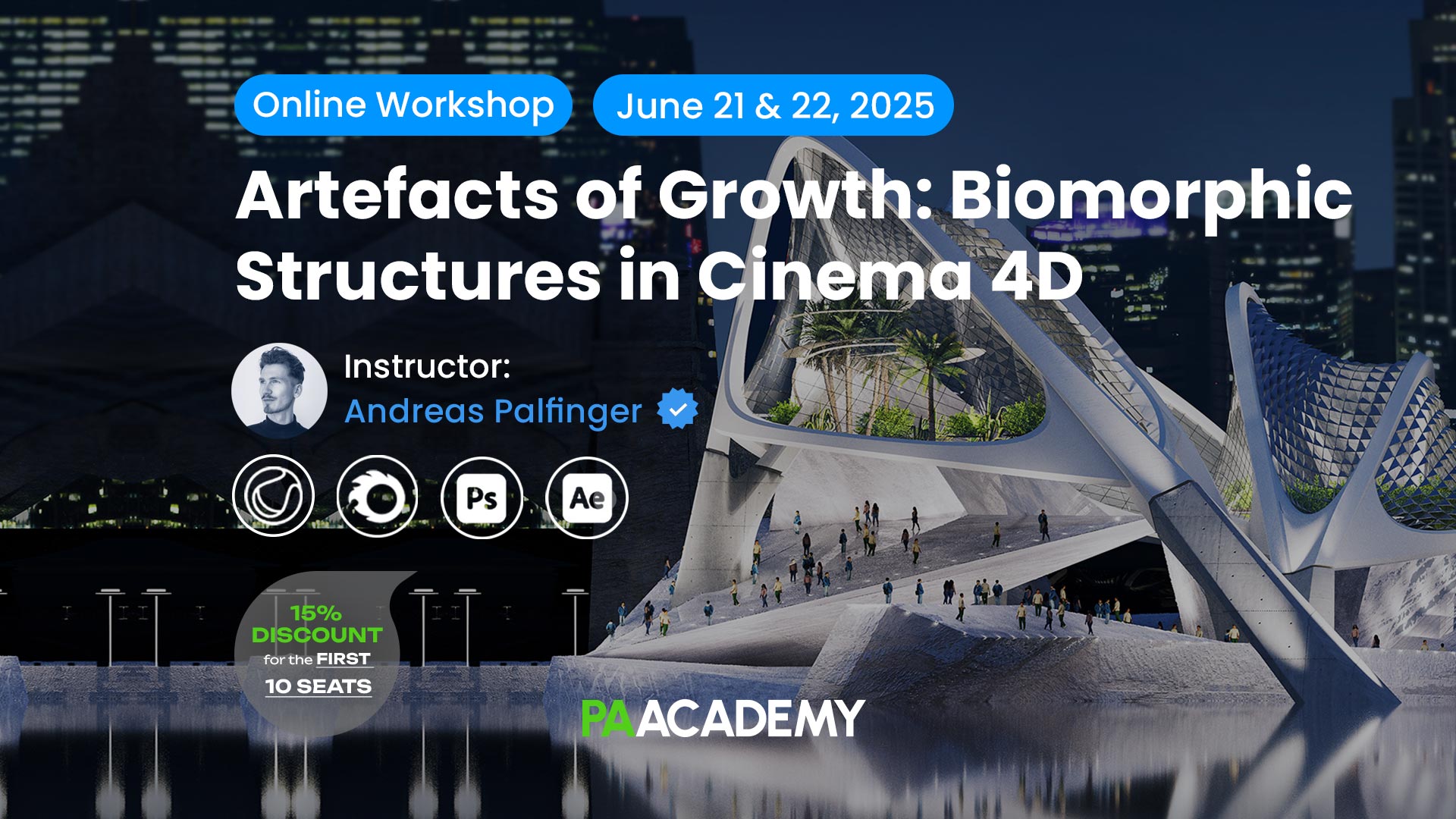

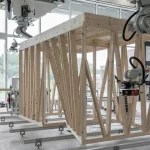

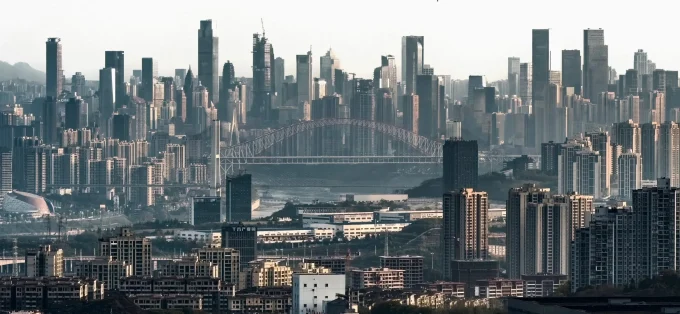
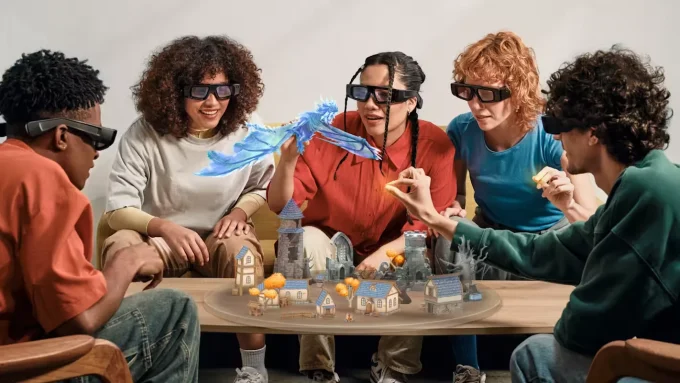
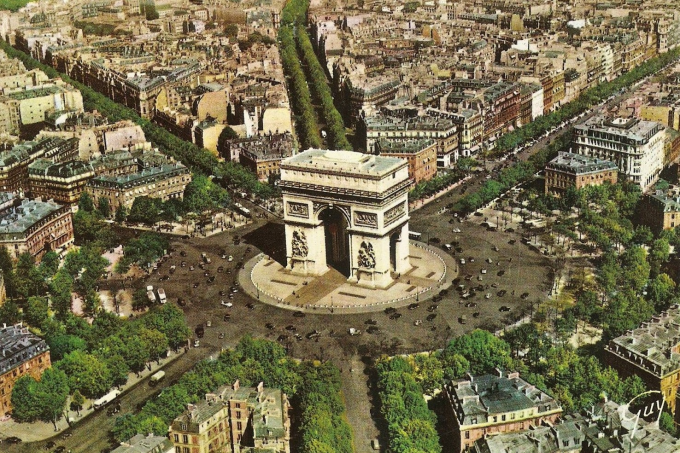





Leave a comment